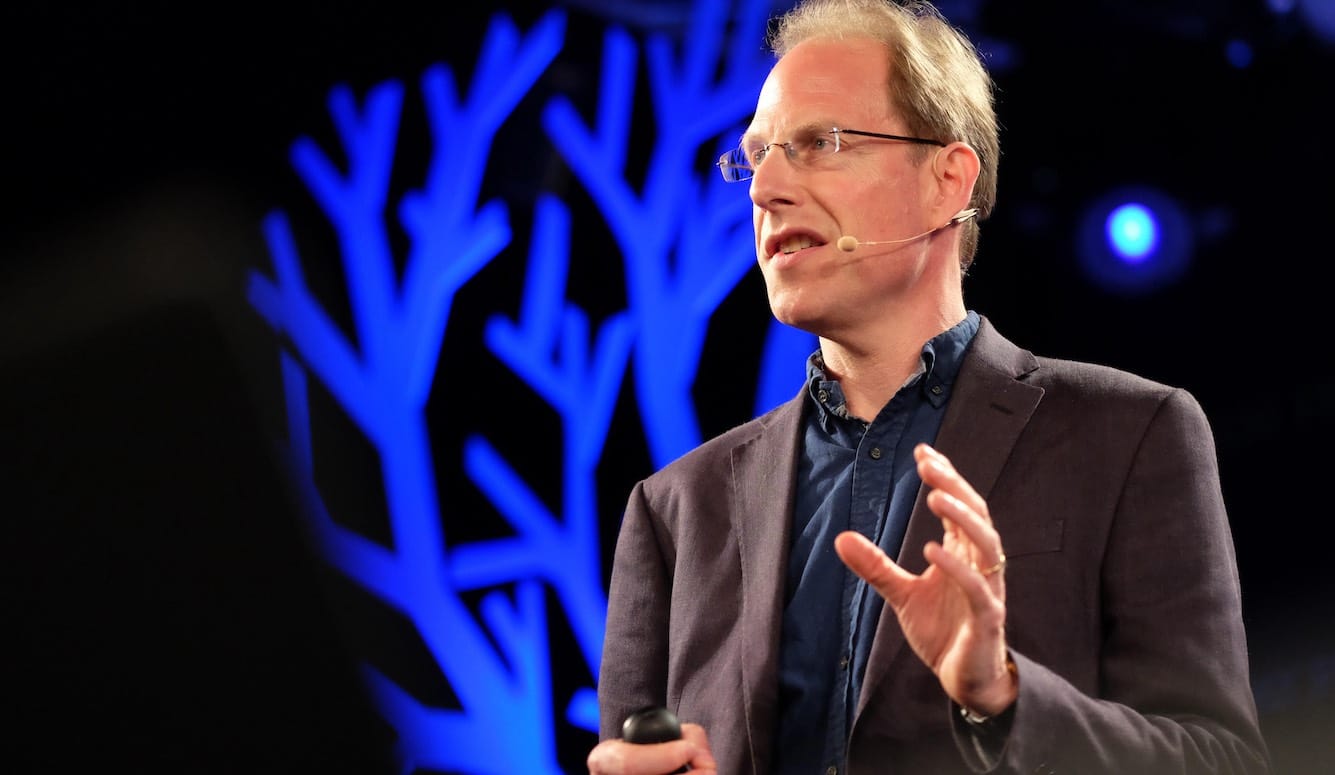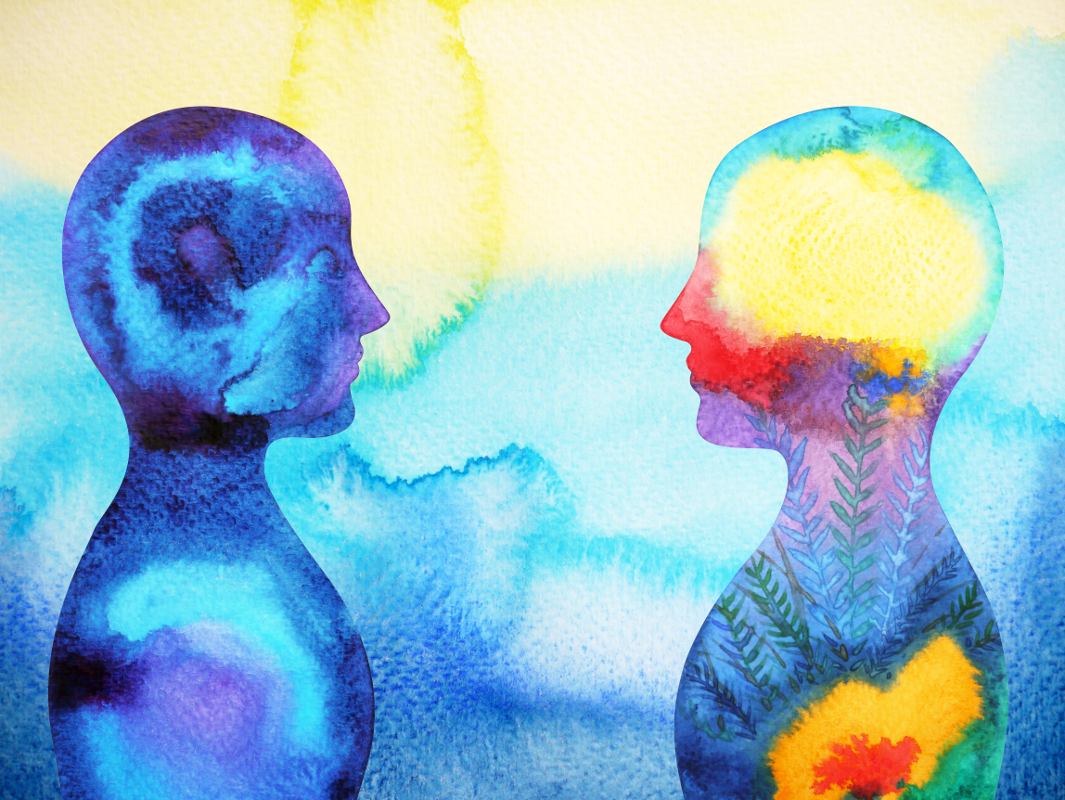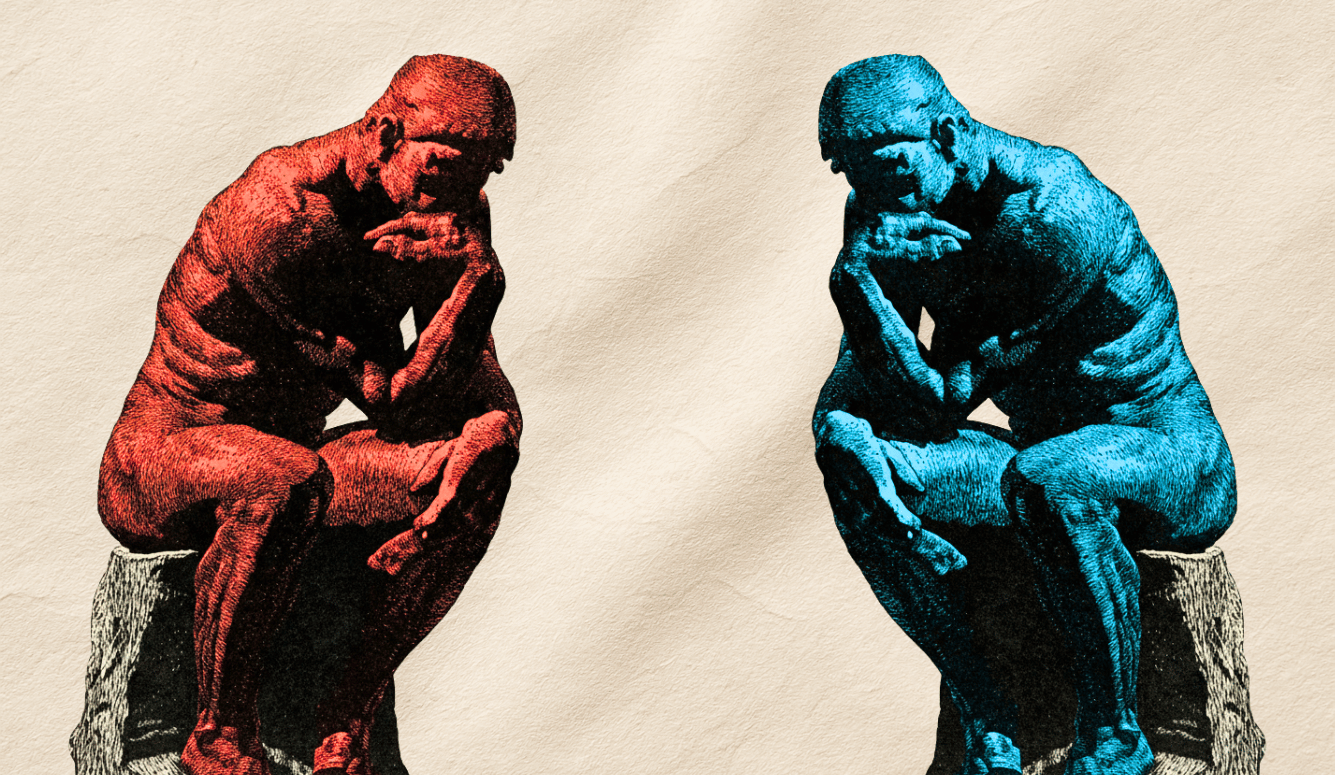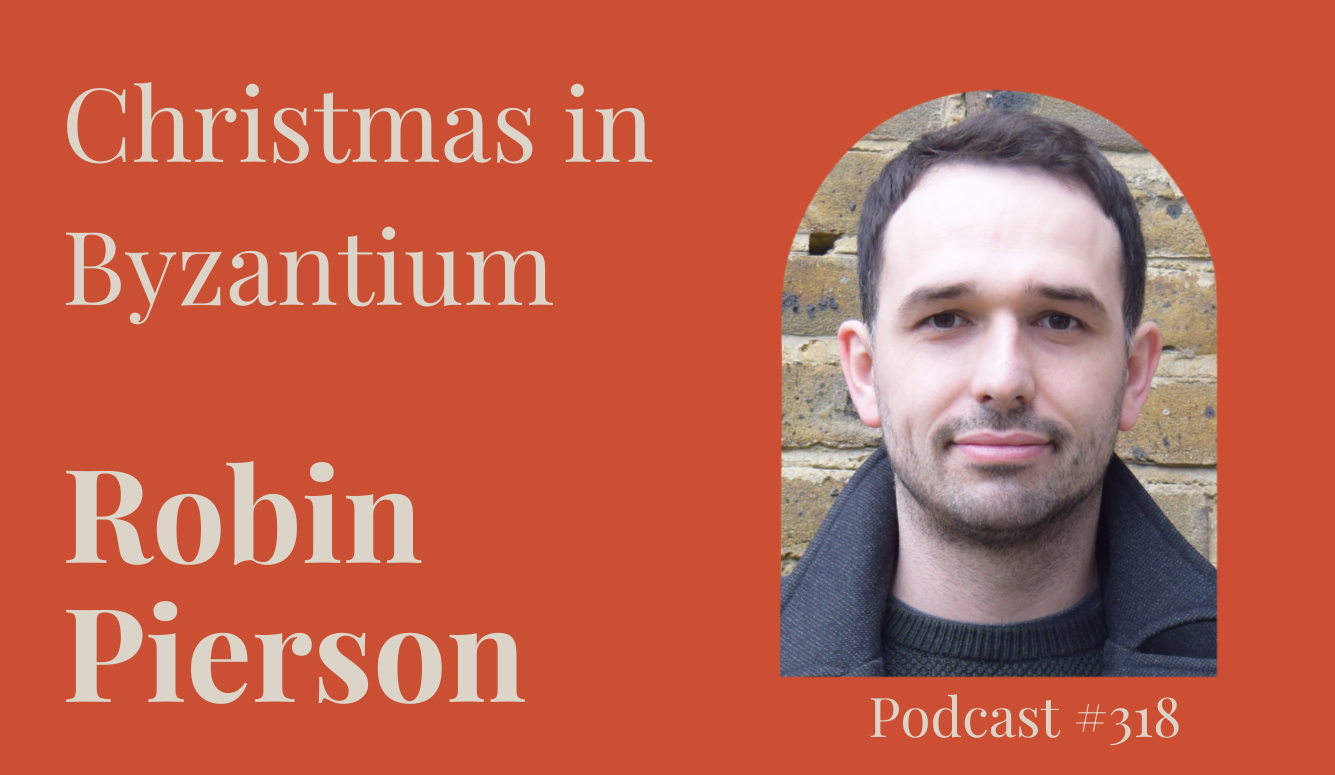Science / Tech
Invisible Disability and Hidden Potential
Sir Simon Baron-Cohen: “When you systemise, you try to analyse the rules, the events that happen with some regularity, and causal relationships, so you can identify predictable patterns.”

On 27 May, Hannah Gal met with Sir Simon Baron-Cohen at Trinity College, Cambridge, to discuss autism and our evolving understanding of neurodiversity for Quillette. Sir Simon is a professor of psychiatry and psychology at Cambridge University and director of the Autism Research Centre there. In 2020, he published The Patten Seekers: A New Theory of Human Invention. The following interview has been lightly edited for clarity.
Quillette: There are many reports of a rise in the number of people being diagnosed with autism. Are these reports accurate, and if so, what are the factors contributing to this rise?
Sir Simon Baron-Cohen: I have been working in the field of autism for forty years now. When I started, autism was four in 10,000, so it was very rare. Today, it is one in 31, so it is very common. This means that in any classroom of school kids there could be one child who has a diagnosis of autism, so that’s a big shift. Since the year 2000, we have seen an 800 percent increase in prevalence. So, the obvious question is: why has it gone up so much? There are several factors.
First, we have broadened the definition of autism. In the old days, most people, usually children, diagnosed with autism also had learning disability, whereas today we diagnose a lot of autism without learning disability. So, that’s broadening what we count as autism. Autism without learning disability used to be called Asperger syndrome but now we just call it autism, for various reasons.
Another factor that can explain the increase in autism is better recognition and greater awareness. We now have podcasts and magazine reports and television programs and social media about autism, which means that people are now looking for it and thinking about their family relatives and even asking themselves, “Am I autistic?”
There are also more clinics available, including private clinicians, so if you suspect you’re autistic—or you suspect your child might be autistic—there are now many places where you can go to get a diagnosis.
Q: Critics worry that the definition of autism has now become so broad that it is capturing “normal” behaviour, particularly in young children. Is there a danger of over-correction or of pathologising and medicalising normal kids?
SBC: There is always a risk of over-diagnosis, but in my opinion, the rise in prevalence of autism is a reflection that the many people who are concerned they may need a diagnosis are now seeking one and (eventually) getting one. People do not seek a diagnosis lightly, and in the majority of cases, it is because they are struggling to cope and see the diagnosis as their passport to getting support. The same is true for parents who can see their child is not coping. I would agree with the critics that the diagnosis should be restricted to those people who are struggling, and continue to view an autism diagnosis as part of the social-care system and as grounds for reasonable adjustments in education, the workplace, the criminal justice system, and in wider society.
Q: Robert F. Kennedy Jr speaks of the rise in cases of autism as an “epidemic.”
SBC: RFK uses the word epidemic, and I think that carries the wrong message because usually we use the word epidemic about a disease that is in some way harmful, and that’s not how I understand autism. Autism is a disability—we shouldn’t ignore that side—but it is also a difference in how the brain develops. That’s the concept of neurodiversity—the idea that not all brains are the same, and that different brains don’t mean better or worse, they just mean different.
Indeed, some of the differences in autism are strengths, not disabilities, like excellent attention to detail, excellent pattern recognition, being able to focus on a topic for hours or very long periods, a preference for going into things deeply instead of superficially. These are differences that can lead to talent. The term “epidemic” comes from the world of disease control, and maybe it’s relevant that the statistics on prevalence for autism in the US come from the Centers for Disease Control. Autism needs acceptance and respect and support but it doesn’t need to be controlled, it’s not a bad thing.
Q: As you often stress, every autistic person is different and the spectrum is wide. There are autistic children for example whose difficulties with social skills are mild so they take some time to diagnose, others whose movements are so awkward that they stand out straight away. Some teenagers are very aware that they are different and are troubled by it and seek help. Others are happy in their solitude.
SBC: Exactly. There is probably just as much variation within autism as there is amongst anyone, so we have to be careful not to generalise. The concept of the spectrum was introduced in 1988 by a psychiatrist named Dr Lorna Wing, who had an autistic daughter, and she moved us away from binary categorical diagnosis—the idea that someone is either autistic or they are not. She said maybe there’s a grey zone in between. She also noticed that within the diagnosed cohort, there is variation in how many autistic traits a person has. Autism isn’t a single dimension. To define what the spectrum is, there are many dimensions. You could look at social skills as one dimension, motor skills or coordination as another, co-occurring conditions like autism with or without ADHD or with or without language delay—multiple different dimensions.
A dimension that isn’t talked about often is organisational or planning skills. Some autistic people are fantastic at planning and some autistic people really struggle even just to tidy up their bedroom or organise their day or to go shopping. So unless you look at multiple dimensions, the danger is that you just look for one characteristic or one symptom. We need to take a more nuanced view.
Q: Teachers and teaching assistants say organisation is something that many autistic children need help with. They need somebody to say, “This is what we’re doing today, this week...”
SBC: Yes, structure to make things predictable. Some autistic kids need much more help with planning. Others like everything to be under their control, so they’re very good at planning. And some autistic people need more time to process information—getting information in a conversation may be too quick whereas reading it on a computer screen or in a book, where they can go at their own speed, might be optimal for them.
This is something I’ve talked about in my book The Pattern Seekers. If you can generalise, autistic people are strong in systemising, or looking for systems or patterns in the world, where a system is defined as something that is lawful, predictable, and that follows rules. When you systemise, you try to analyse the rules, the events that happen with some regularity, and causal relationships, so you can identify predictable patterns.
Autistic people might be more comfortable in an environment that can be systemised. And there are lots of lawful environments—the world of mathematics is a good example, or the world of music, where everyone starts on the first bar and finishes on the last bar and there’s an organised sequence of notes in between.
This is relevant to what I’m talking about at the Hay Festival with John Harris. In his new book Maybe I’m Amazed, Harris describes how his autistic son loves music, knows not just each piece of music but where that song is in the album, if it’s the third track on the B side of a particular record, the date it was produced, the names of the musicians, the production company, the record label—all the facts and figures about music. Every lyric and every note or chord change is predictable. This may be a comfort to an autistic person who might struggle with unpredictable environments.
Another side of autism is sensory experience. Some autistic people are hyper-sensitive in all of their senses whether it’s vision, sound, taste, touch, or smell. Small differences may be very magnified for them. This aspect of autism was neglected for decades but it is now recognised as important. Much can be controlled in the environment, of course. You could let the child wear noise-cancelling headphones or you could guarantee that they’ll always sit on the same chair with the same texture in the same position, just to minimise unpredictability, but also create familiarity in terms of the sensory experience.
Q: So, it is not fear of change but more fear of the unexpected?
SBC: It’s fear of unexpected change, or just becoming stressed by unexpected change—if you can predict it then you don’t get a shock, but if something happens unpredictably, autistic people may struggle more.
Suppose they’re trying to understand light switches in the home, for example: they might switch lights on and off in an attempt to understand which switch controls which light. That is making a change, but it is under their control. In a conversation, on the other hand, you don’t know where the conversation is going to go, so in that sense, it’s far less structured or predictable and that’s where the stress and anxiety might come in.
Q: You have talked about the classroom environment and the need for teachers to accommodate the autistic child so that he or she can shine.
SBC: Autism is sometimes described as an invisible disability where the person looks the same as everybody else on the outside, but it’s their internal experience that matters. They might in fact be highly anxious, and making reasonable adjustments could make all the difference. These are called accommodations in the US, and in the UK it’s part of the Equality Act, under which an employer or a college or school has a duty to make reasonable adjustments for a disability.
Consider another example: here we are in Cambridge. These colleges were not designed to be very friendly to physical disability but nowadays, where possible, they put in wheelchair ramps to make the environment more accessible for people with physical disabilities. The equivalent should be offered for people with cognitive disabilities.
Q: These individuals have a great deal to contribute. But if their talent is hidden, if it doesn’t have an opportunity to be expressed...
SBC: Yes, it is about creating the opportunities for autistic people to show their potential.
Q: This is where greater awareness comes in. Do you welcome characters like Sheldon Cooper in The Big Bang Theory and Dustin Hoffman in Rain Man as a way of raising awareness?
SBC: Sheldon Cooper is a fictional character played by an actor, and I’m assuming the character isn’t played by an autistic person. But I do think there’s a value in drama and comedy in raising awareness about autism, because you have a big audience so more people understand the condition. There is a risk of stereotyping, however. Sheldon Cooper is a scientist, he loves science, and the world of facts and patterns. That might be true of some autistic people, but other autistic people might be musical or might be artistic or they might be into cooking. When you cook you can systemise, just as in science, or mathematics, or music. We just have to be mindful that we’re not stereotyping autistic people into revealing their strengths in just one area, and ignoring the variety of areas in which autistic people might reveal their potential.

You mentioned Rain Man. I remember when that came out in the late ’80s. It was one of the first big Hollywood productions to feature an autistic person as the main character. Again, it was fiction, the actor was not autistic, although it was based on a real character called Kim Peak, who was autistic. Dustin Hoffman took time to study and observe Kim Peak’s mannerisms, behaviour, interests, and skills. After that film, suddenly everyone was talking about autism and that is good. However, the downside was that because it was just one autistic person, and for cinematic reasons, they focused on someone who had savant skills, exceptional abilities in certain areas like counting very rapidly and doing mathematical calculations very rapidly. So, where does that leave families who have an autistic child who does not have those talents? They may feel that their child’s kind of autism is not recognised or acknowledged, and that autistic people are only of interest if they have some kind of sensational ability, even though this may only be true of a small percentage of autistic people.
Q: Many parents of autistic children struggle with their child’s behaviour—the refusal to cooperate, the stubbornness and rigidity, the reluctance to try anything new. Many parents feel bad about having to push their child into activities or clubs. On the other hand, there are times when a child will scream when they are made to try an activity but then they enjoy it, and even look forward to it later.
SBC: I’m glad you’ve raised this because we haven’t really talked about the parents’ experience and their needs.
If you have a child who is very flexible and adaptable, it can make family life much easier, because plans inevitably change. If you have several children, how do you meet the needs of each child? Many parents of autistic children do report higher levels of stress in their own right. I think it is valuable that many parents informally develop support networks and talk to each other. That’s important because they might pick up useful tips on managing challenging behaviour, for example. More importantly, perhaps, they may then realise that they are not alone caring for someone who has a disability, and sometimes this has an impact on them as the carer.
You mentioned stubbornness—in the UK, we call this “pathological demand avoidance” or PDA, a term that is not used much in the US or internationally. If you make a demand of the autistic person, they might react with resistance or frustration or even have a meltdown because things have to be under their control. They may only choose to do things when they want to and resist any demand like joining in a meal with a family at meal time, or going to visit their grandmother. The question becomes: whose rights do you respect? Obviously, as the child gets older, you need to give them more autonomy, but when children are young, it’s the parents who may feel they should decide what is going to happen. But irrespective of the child’s age, if an autistic person is getting distressed obviously we have to stop and think: is there a way to include the person without causing that kind of distress? I don’t think there are easy answers, but it’s good that parents are talking to each other to share advice and receive support.
Q: A “normal” child will learn a lesson and apply it to different situations, but the autistic child may not, which can be frustrating to their carer. And while an argument with a “normal” child will peak and die down, an argument with an autistic child may continue as they continue to insist on their point of view.
SBC: Both of these examples are really interesting and important.
In the first example, you’re talking about generalisation. A non-autistic person can usually generalise what they learned in one situation to any other situation that could be relevant, whereas for some autistic people, if they learn what to do in one situation, often they don’t want to generalise it to near-similar but not-quite-the-same situations. So, for example, a child may use a particular shower at home, but when they stay at their grandmother’s house maybe she has a different kind of shower. Differences like these may make an autistic person feel that they would lose information if they try to translate their knowledge from one situation to the other. Often, autistic people have much deeper knowledge, almost like being a specialist in one thing, but they may resist transferring their knowledge into a new situation.
As for anger, an autistic person may become frustrated if they believe something to be true and they are in a discussion with somebody who believes something different. A non-autistic person may simply accommodate the other person’s perspective: I believe this is true but I can appreciate that you believe something different. This can be a way to diffuse what could otherwise lead to conflict. For an autistic person however, if they believe there’s only one right answer, and that only one answer is true and everything else is false, this could lead to an escalation where they try to insist on the truth of their position. In such situations, some parents decide to switch to doing something else to avoid a situation where no one is going to win.
Q: When people understand the way the autistic brain operates, it helps them to manoeuvre.
SBC: I think that if we see the behaviour as part of a disability, we can take a more compassionate approach. So, seeing an autistic person becoming frustrated that they’re not succeeding in communicating what they think, instead of being drawn into responding to someone shouting by shouting louder, it could help by seeing it as part of a communication disability so that you can make an adjustment. Reasonable adjustments are important—that’s not just in the physical environment, it might also be the communication environment.
Q: Autistic people tend to take things literally and need things to be explicit. For example, if a parent and autistic child are doing an activity in the living room and they run out of glue, the mother might say, “There’s glue in your room.” The child goes to their room and does not return because the mother should have said, “Go to your room, find the glue, and bring it back here.”
SBC: That’s an example where an implicit meaning isn’t made explicit—“Get it and bring it back.” Yes, some autistic people may need things to be more explicit.
Q: That is easily done but aren’t some situations more complicated? For example, parents can try to predict scenarios that may occur when the child goes to school alone—what to do if the bus is late, what to do if the bus does not come, what to do if you feel unwell... But it is impossible to predict every possible eventuality.
SBC: That’s an example where you are trying to create a system of rules—but to what extent can you systemise every eventuality? That’s particularly a problem in the social world, with social interaction. Can you really reduce it to a set of rules or does it become too rigid? So, if the rule, for example, is that if you go through a door you should hold the door open for the person behind you, that’s polite social behaviour. But if there are a series of people coming through, should you hold the door for three people and then let the door go, even if it’s potentially unpleasant for the next person after that? It is very hard to reduce social interaction to a set of rules.
Q: Your research also looks at the number of autistic individuals planning or attempting suicide.
SBC: We conducted the first big study in 2014 of adults coming to our clinic here in Cambridge. These were adults seeking a diagnosis of autism because they had been overlooked in their childhood or in their teens. We simply asked them, “Have you ever felt suicidal? Or have you ever planned or attempted suicide?’’ We found very alarming rates: two-thirds of autistic adults had felt suicidal and a third had planned or attempted suicide.
Since our study, there have been multiple replications and the statistic currently accepted is that one in four autistic people plan or attempt suicide. I see this as an indicator that society is still not providing the right support to lead the person to feel included and accepted. And if you leave somebody excluded and unsupported, they may feel that there’s something wrong with them, or they may feel they’re broken or deficient in some way, or that they’re being treated as less than—or inferior to—non-autistic people. That can affect their self-esteem and self-confidence, and contribute to depression and anxiety, suicidal thoughts and plans.
For me, the obvious message is that we need to support autistic people earlier, when they’re very young. They should be getting their diagnosis as early as possible. You shouldn’t have to wait till your teens or adulthood, potentially experiencing discrimination or bullying or exclusion. If autistic children are growing up happy then they’ll show their potential, but if they’re getting depressed, they may become disengaged with school, drop out of school without qualifications, and end up unemployed. Unemployment could be another factor contributing to suicidality. If you leave adults who are autistic without purpose because they can’t get a job, it could leave them feeling unvalued.
Q: Bright autistic job-seekers often pass the initial screening stage and get called for interviews but then their awkwardness compromises their chances. Would you advise an autistic job-seeker to inform a potential employer of their condition or to keep it to themselves?
SBC: I think it’s valuable to disclose if you’re autistic so you can be offered reasonable adjustments even in the interview. So, for example, if the interviewer is asking you questions but making eye-contact is causing you stress, you could explain at the beginning that you prefer not to look at the person when answering questions, or that you prefer to write down your answers. We would not expect someone who’s blind to only get a job if they can see. In the same way, we should make changes in the way we select people for work if they disclose their disability.
But I can understand people’s reluctance to disclose their diagnosis since this is their private medical information. Applicants for jobs have to weigh up the pros and cons and one compromise is to disclose the diagnosis but to request that this be treated with utmost confidentiality, so the person can choose who to disclose it to, in their own time.
Employers, just like citizens, have a responsibility to help others who have greater needs. Do we want a society where people with disabilities are unemployed and becoming depressed and suicidal, or do we want a society where people with or without disabilities are flourishing and contributing in their own way?
This is the argument in my book The Pattern Seekers. I argue that autistic people have a fresh way of looking at problems. Even if they don’t necessarily follow social conventions, they think in a fresh way, and some could come up with new ways of doing things, including more efficient ways of doing things, which can be the basis of innovation. In any team, it’s good to have people with different kinds of ideas, different ways of processing information, and an autistic person could come up with new ideas that the marketing person, for example, could take forward.
Employers may need to consider an extra cost, that this autistic employee might need a buddy or a mentor, somebody who they can turn to when they’re confused about what to do or when unexpected things happen. But if they are helped to navigate those situations, they can show their best ability.
Q: Do we all have autistic traits?
SBC: Yes, we all have autistic traits. We developed a measure called the AQ—the Autism Spectrum Quotient—and when you give this measure to people in the population, you find nobody scores zero. Everybody has some autistic traits and people with a diagnosis of autism have a much higher score. But it is a real dimension of individual differences just like any other aspect of personality. Hopefully, society is changing to make space for people with more autistic traits. And since the digital revolution, people who have high autistic traits and who like things to be very factual may be flourishing in certain environments.
The message from the neurodiversity framework is we need to accept and respect people’s different ways of thinking and learning. Just as we want a society that respects diversity in gender and ethnicity, so we want a society that respects diversity in people’s minds and brains.






